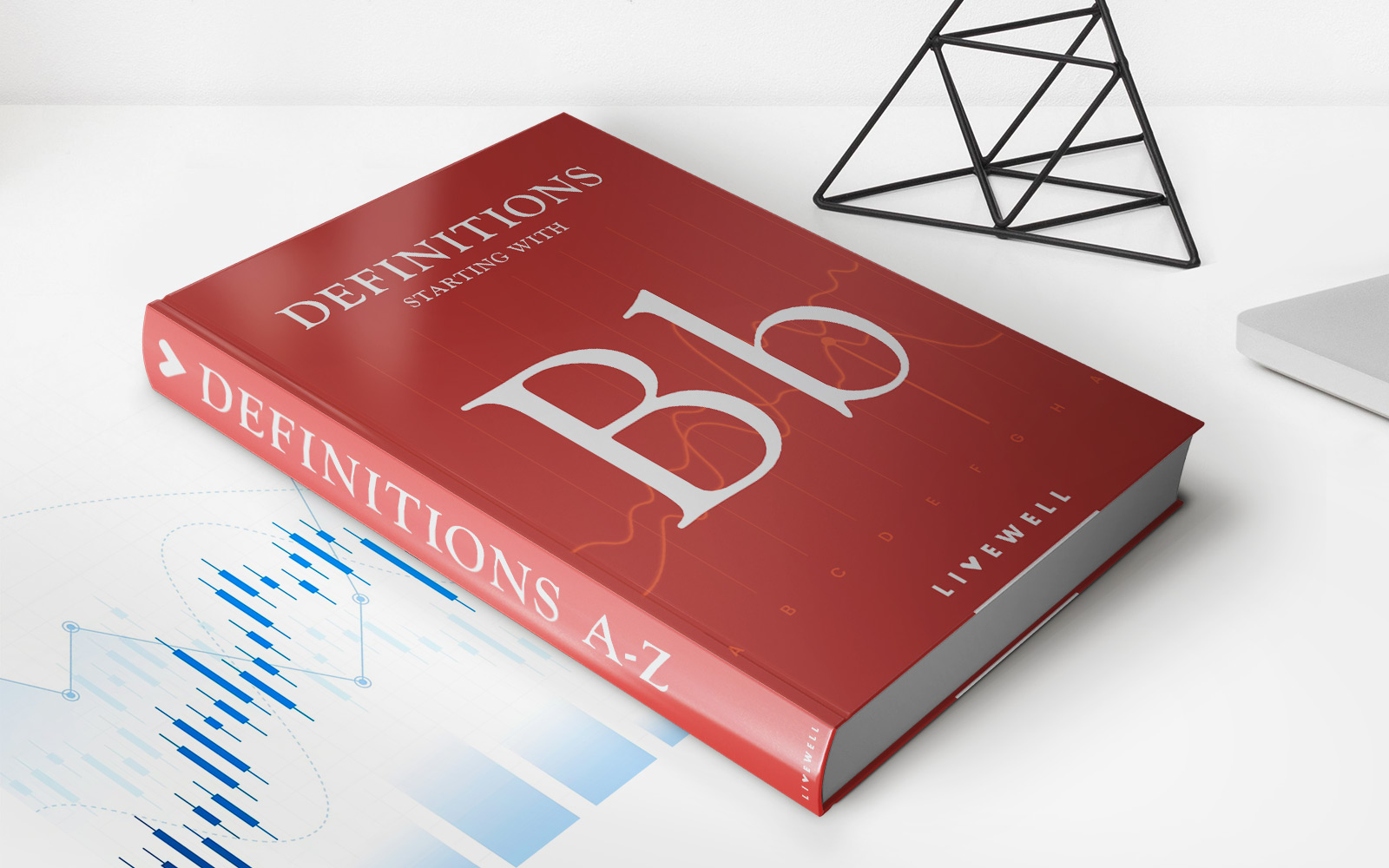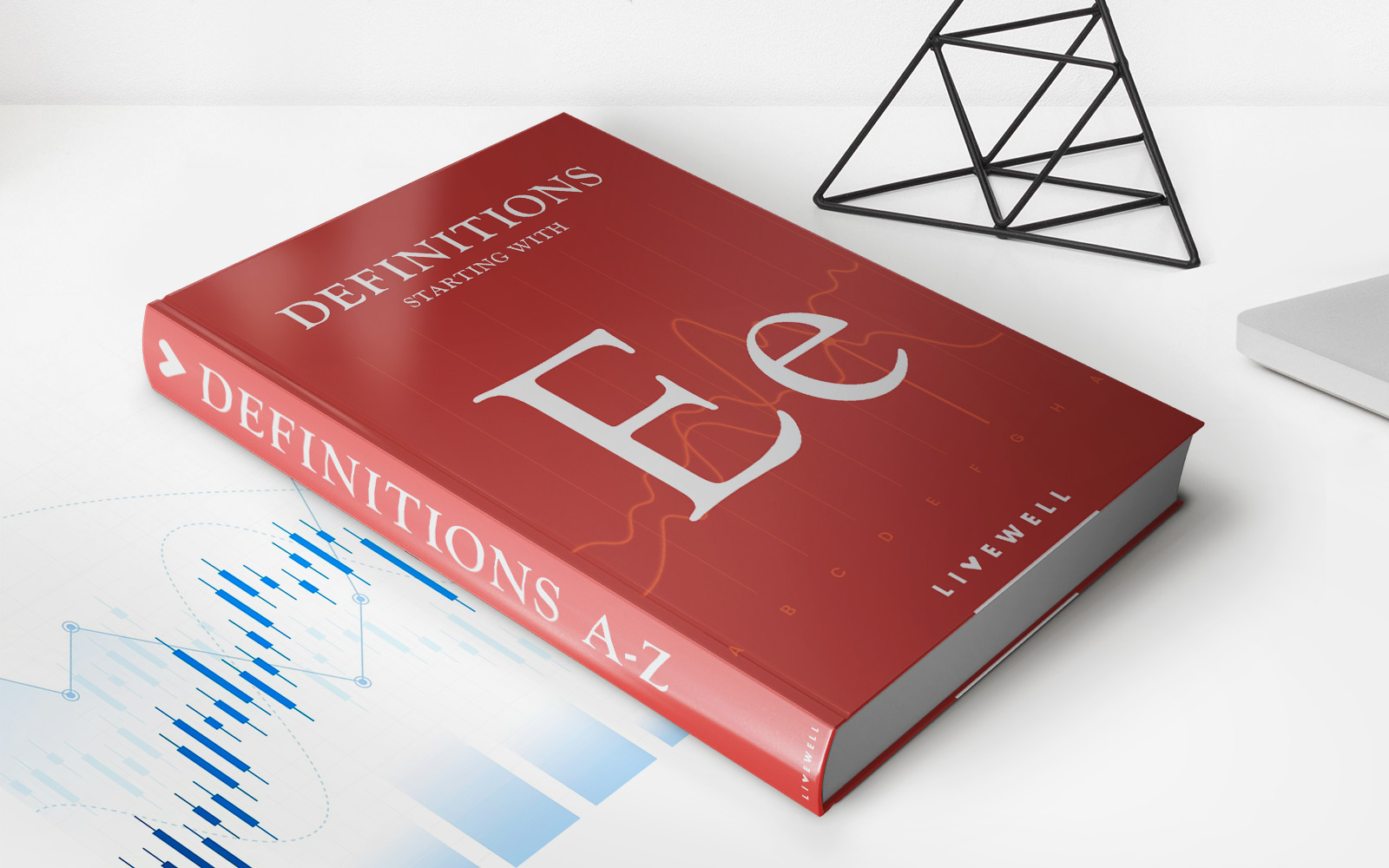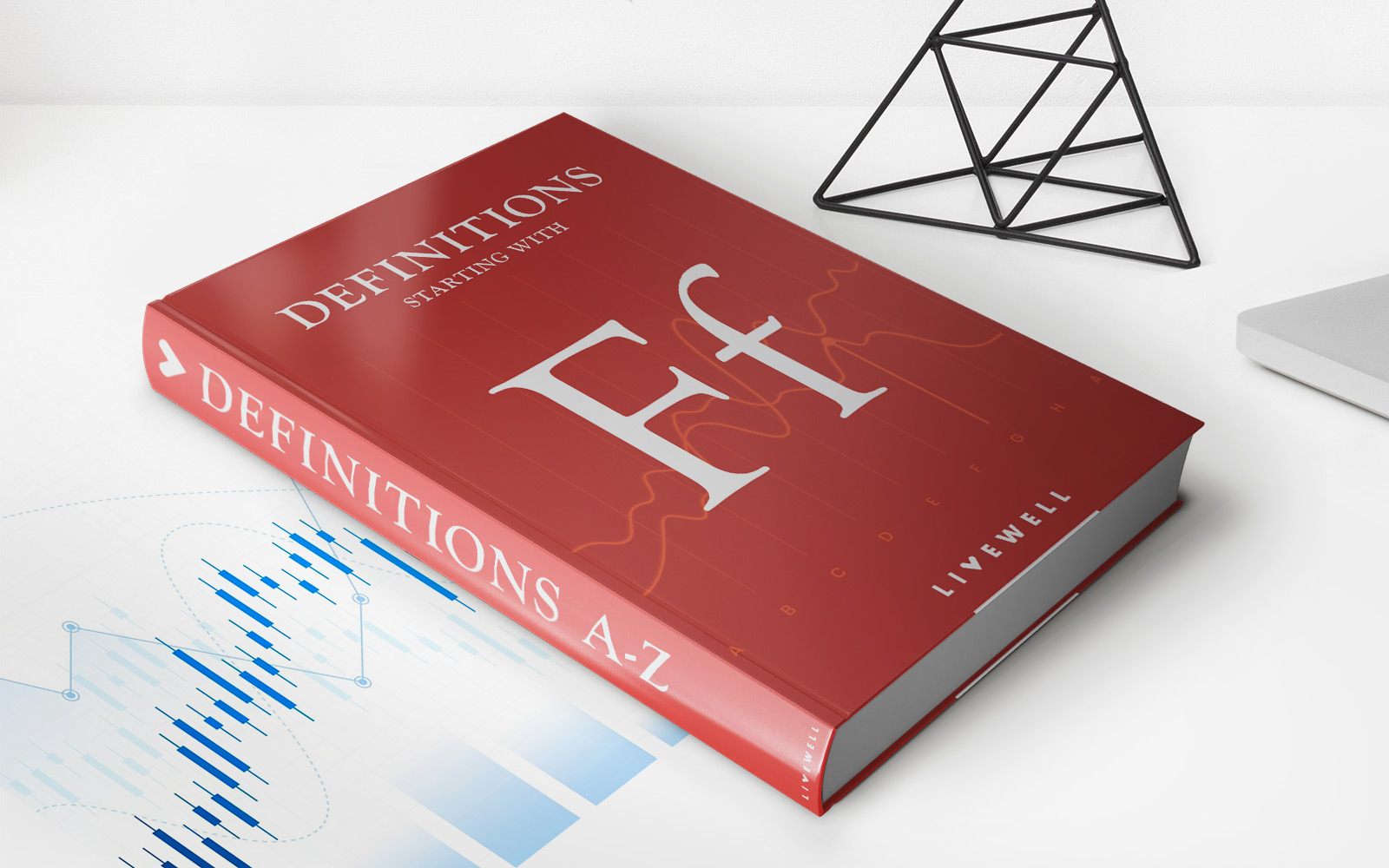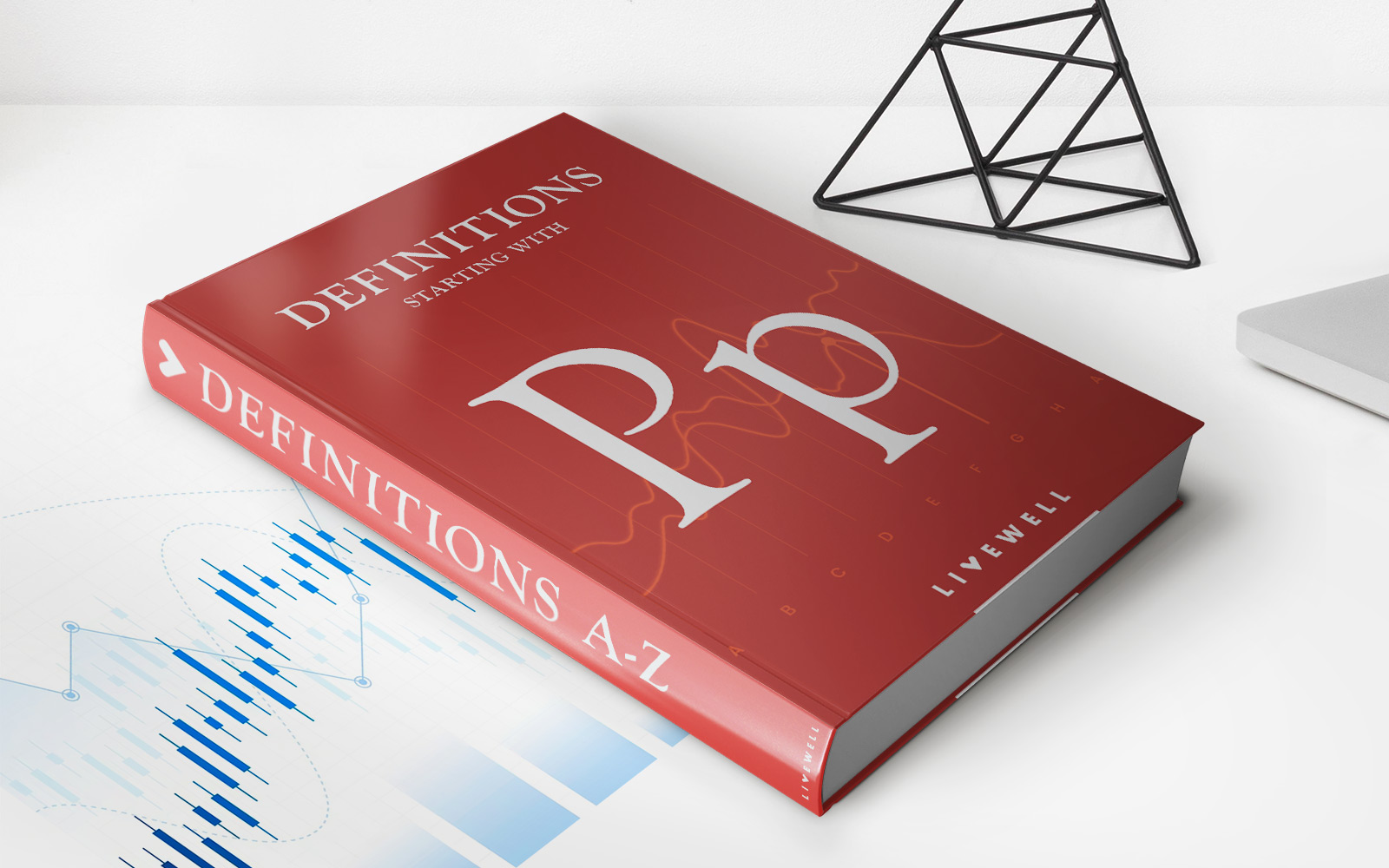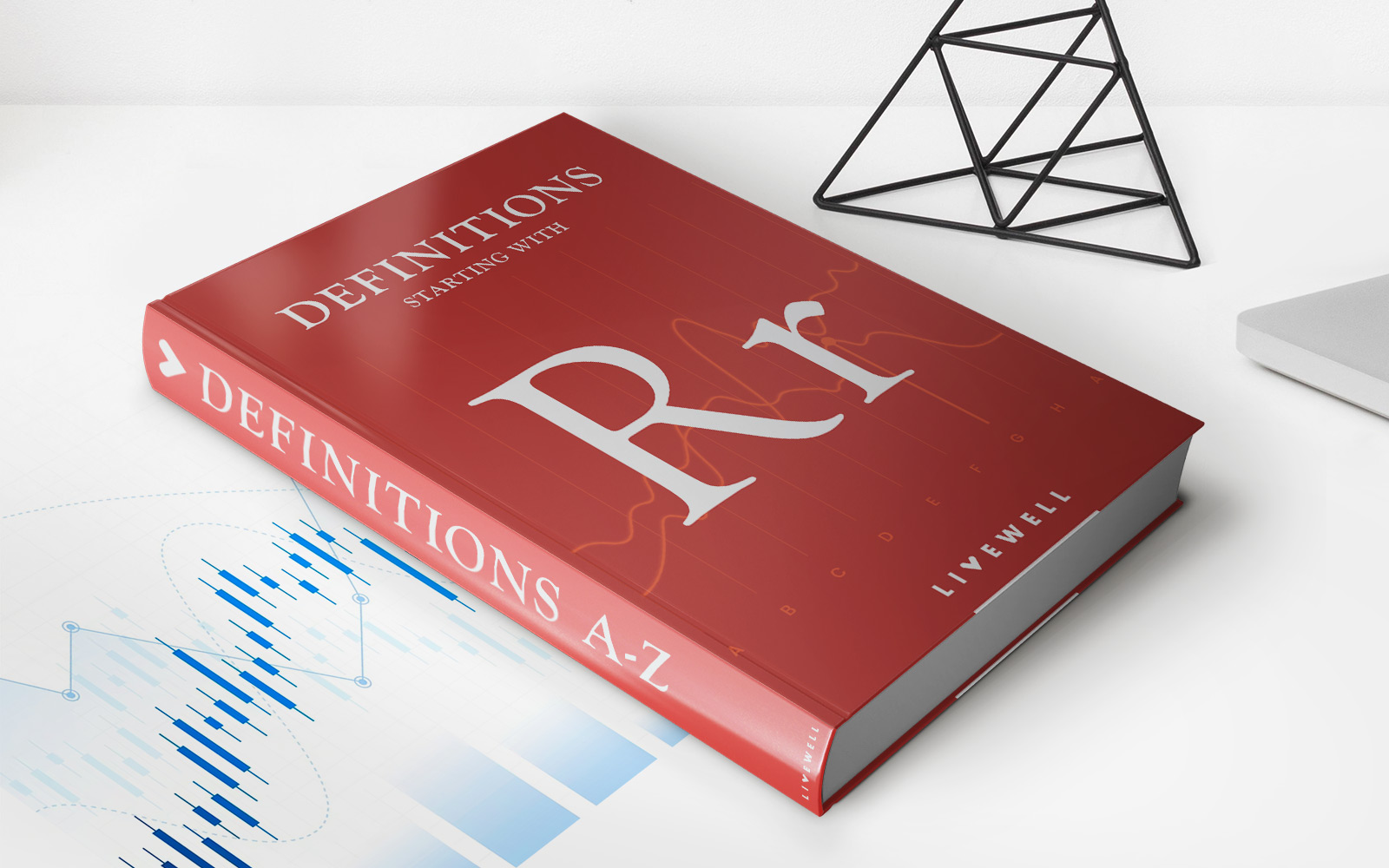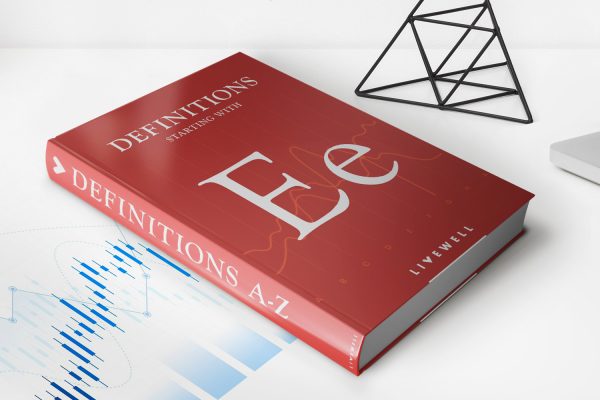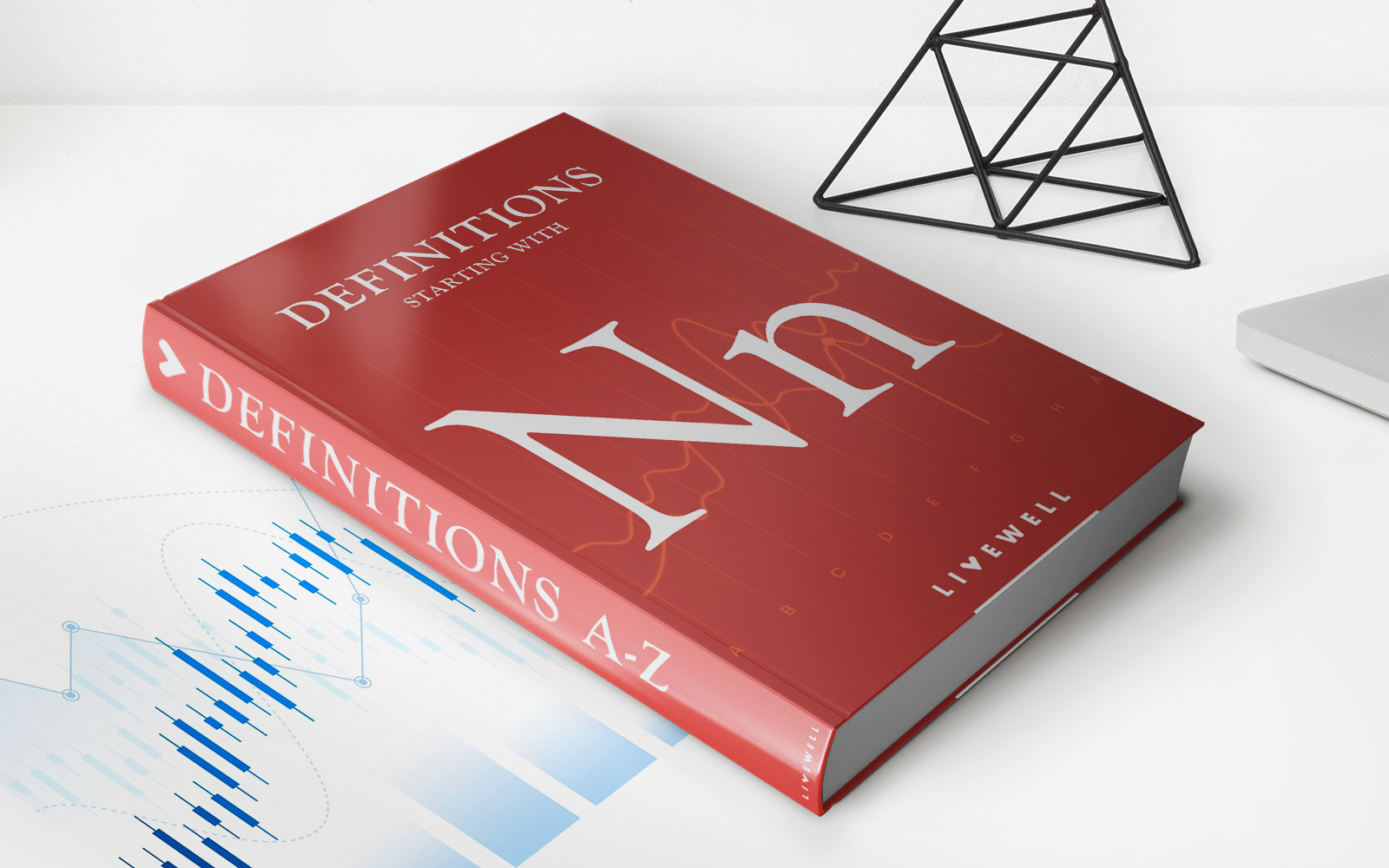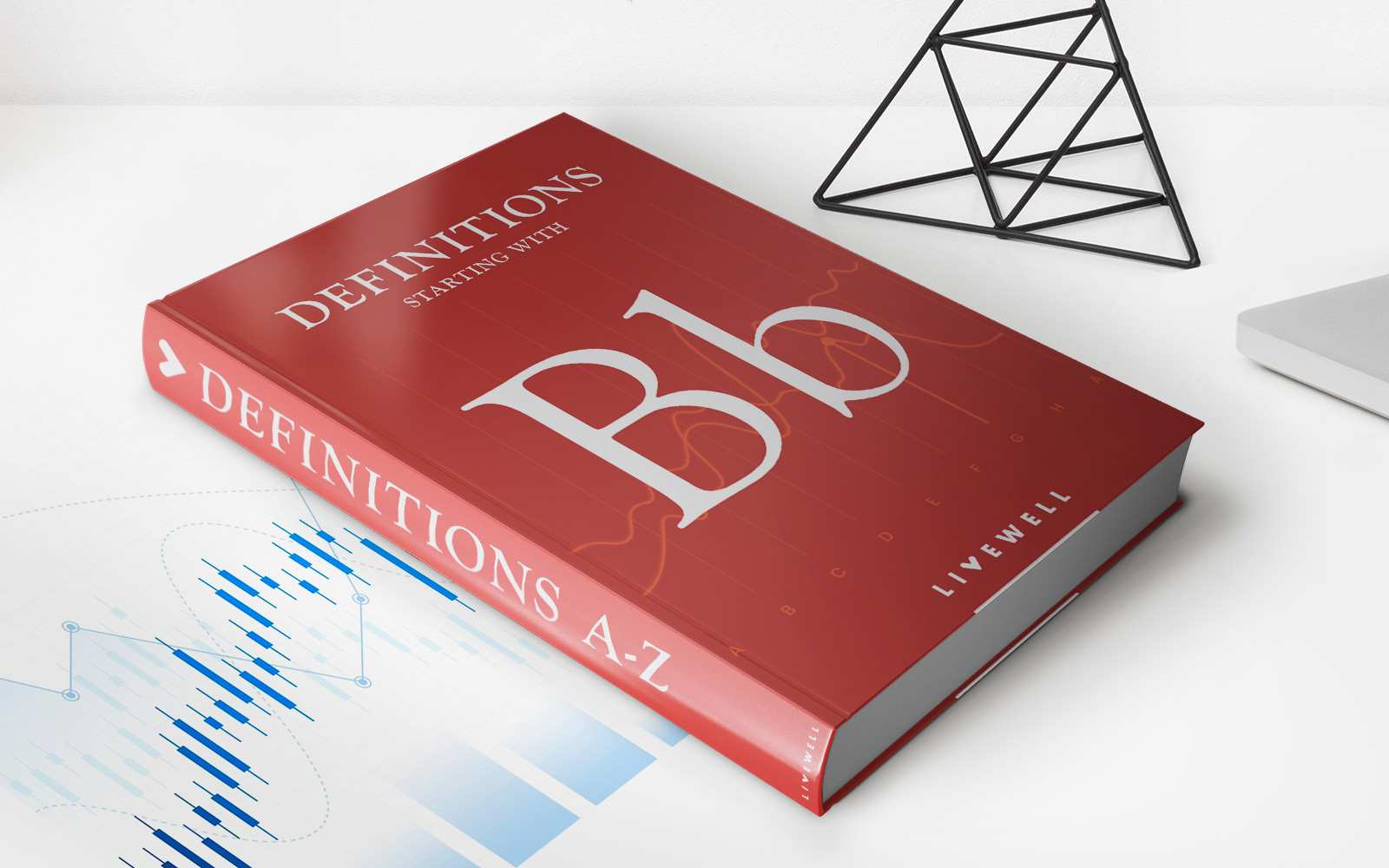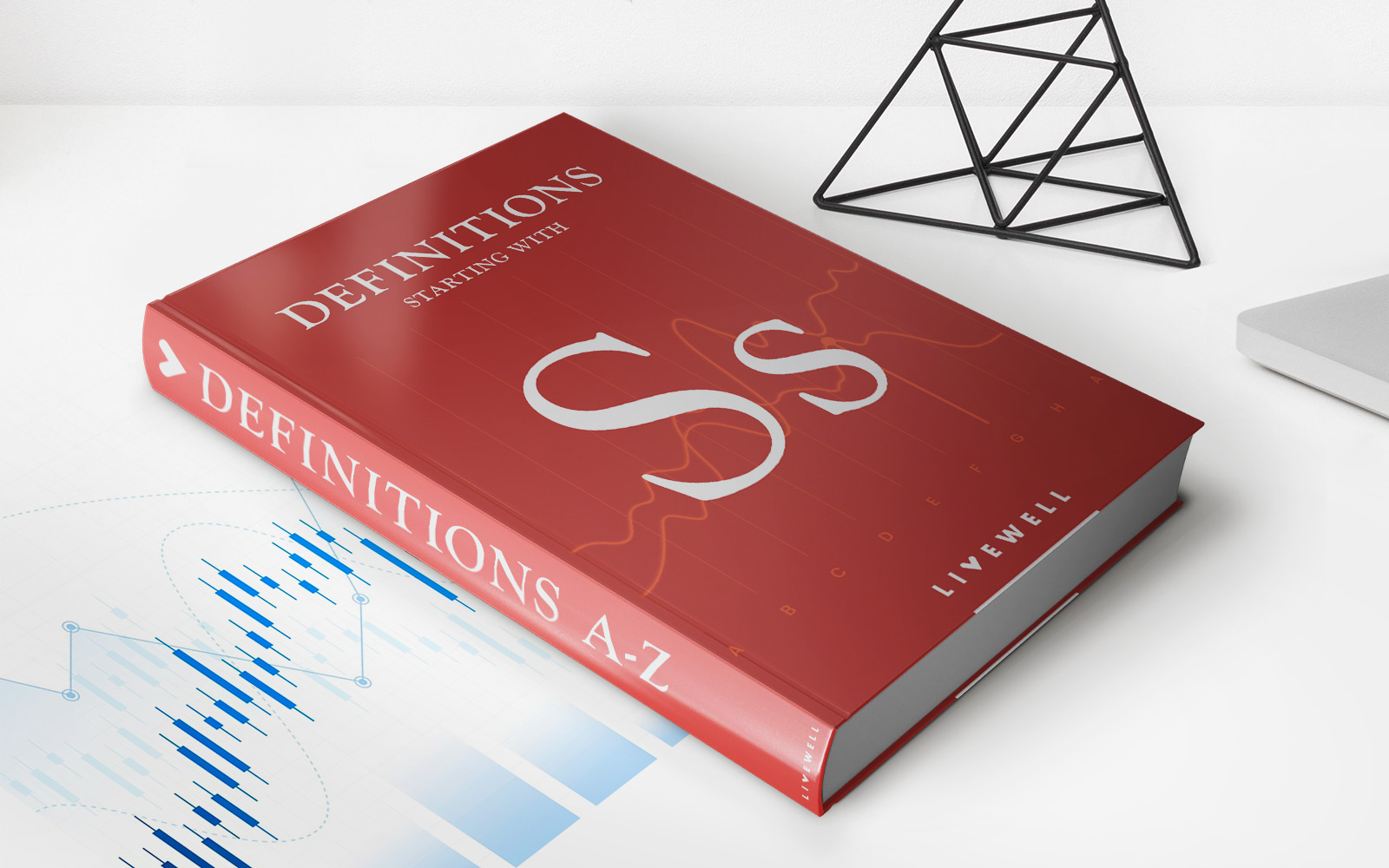Home>Finance>Perpetual Bond: Definition, Example, Formula To Calculate Value
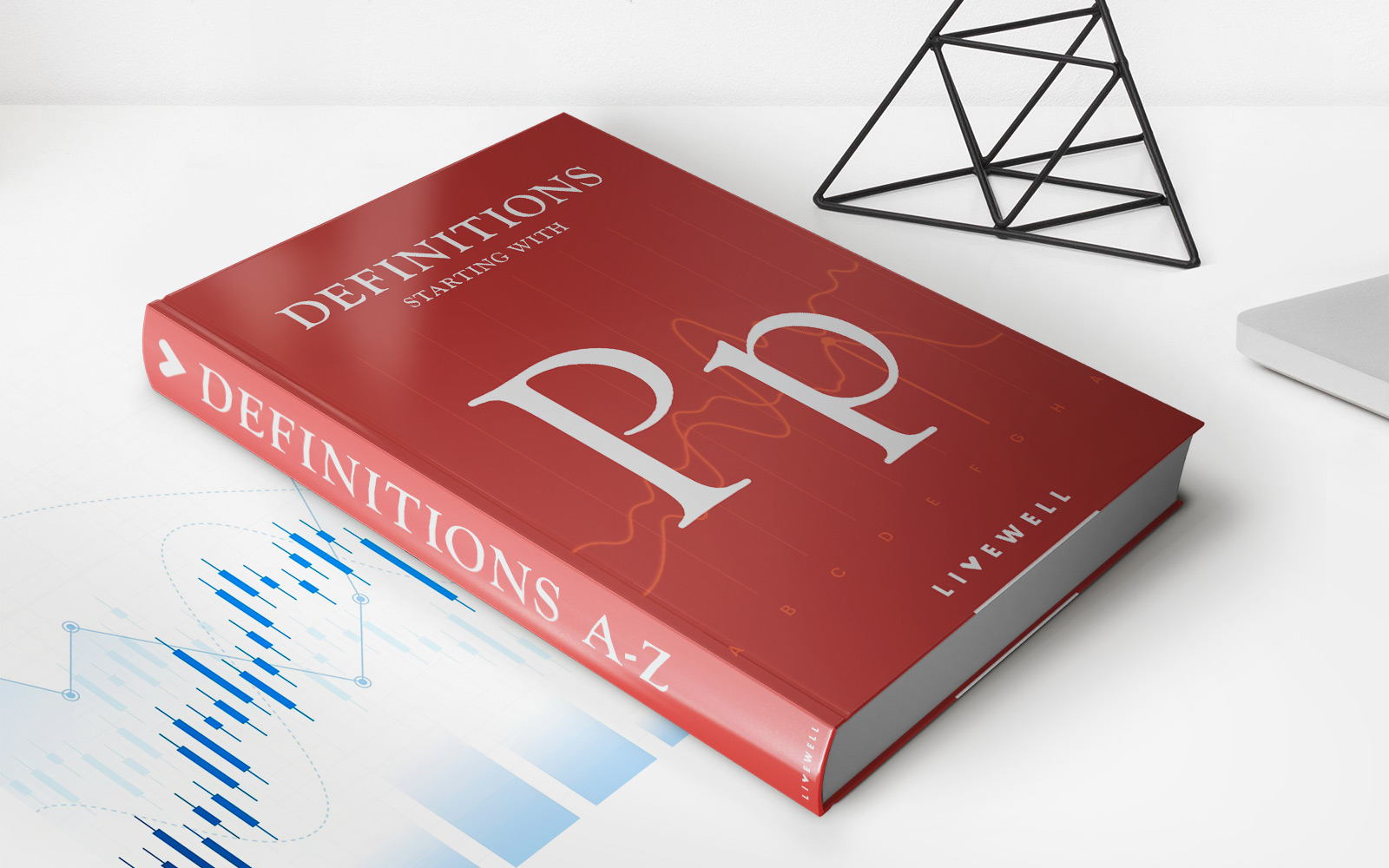

Finance
Perpetual Bond: Definition, Example, Formula To Calculate Value
Published: January 7, 2024
Learn the definition, example, and formula to calculate the value of a perpetual bond in finance. Enhance your understanding of perpetual bonds with this comprehensive guide.
(Many of the links in this article redirect to a specific reviewed product. Your purchase of these products through affiliate links helps to generate commission for LiveWell, at no extra cost. Learn more)
Unlocking the Secrets of Perpetual Bonds: Understanding and Calculating their Value
When it comes to the world of finance, there are various investment options available to individuals and businesses. One such option that can provide a steady stream of income is a perpetual bond. In this article, we will delve into the concept of perpetual bonds, explore a practical example, and even provide you with a formula to calculate their value.
Key Takeaways:
- Perpetual bonds are a type of fixed-income security with no maturity date.
- Investors receive regular interest payments indefinitely, making them an attractive long-term investment option.
Understanding Perpetual Bonds
A perpetual bond, also known as a perpetuity or consol bond, is a type of fixed-income security that does not have a predetermined maturity date. Unlike traditional bonds, which have a specific period until they reach maturity, perpetual bonds continue to pay interest indefinitely. Investors receive regular interest payments, typically on an annual or semi-annual basis, making them an appealing investment for individuals seeking a steady stream of income.
Perpetual bonds are often issued by governments, banks, and other large corporations as a way to finance their operations. The interest rate on these bonds is typically fixed, meaning that investors can rely on a predictable income stream over the long term. While perpetual bonds do not have a maturity date, they often include a call option, allowing the issuer to redeem the bond after a specified period, usually five or ten years.
Calculating the Value of a Perpetual Bond
Now that we understand the basics of perpetual bonds, let’s dive into how you can calculate their value. The value of a perpetual bond is based on its annual coupon payment and the required rate of return, also known as the discount rate, that an investor demands. The formula to calculate the value of a perpetual bond is as follows:
Bond Value = Annual Coupon Payment / Required Rate of Return
Let’s break down the formula:
- Bond Value: The estimated value of the perpetual bond.
- Annual Coupon Payment: The fixed interest payment received by the bondholder each year.
- Required Rate of Return: The minimum rate of return that an investor expects to earn on the bond, taking into consideration the risk and opportunity cost.
By plugging in the values for the annual coupon payment and the required rate of return into the formula, you will be able to determine the estimated value of a perpetual bond.
For example, let’s say we have a perpetual bond with an annual coupon payment of $50 and a required rate of return of 5%. Using the formula, the bond value would be:
Bond Value = $50 / 0.05 = $1,000
Based on these calculations, the estimated value of the perpetual bond would be $1,000.
In Conclusion
Perpetual bonds provide investors with a unique opportunity to generate a consistent stream of income without a maturity date. Understanding the basics of perpetual bonds and how to calculate their value is essential for individuals looking to diversify their investment portfolio and seek long-term stability. By using the formula provided in this article, you can confidently assess the value of perpetual bonds and make informed investment decisions.

